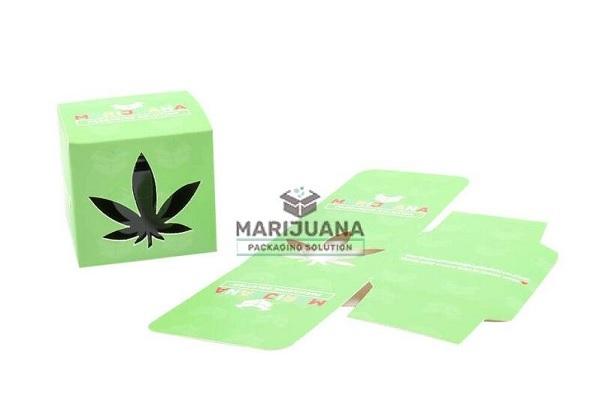Introduction
In today’s competitive market, the packaging of your concentrate product plays a crucial role in attracting customers and ensuring product safety. Whether you are selling cannabis concentrates, essential oils, or any other type of concentrated product, choosing the right packaging box is essential. This essay will assist you in making the best choice concentrate packaging box for your product, considering various factors that can impact your product’s success.
Understand Your Product
The first step in choosing the best concentrate packaging box is understanding your product thoroughly. Consider its physical properties, such as its texture, viscosity, and fragility. Different concentrates may require different types of packaging to maintain their quality and integrity. For example, a glass container may be suitable for fragile oil, while a sturdy plastic container may work better for a thicker concentrate.
Identify Your Target Audience
It’s critical to understand who your target market is when choosing packaging. Consider factors like age, gender, lifestyle, and preferences. If your concentrated product appeals to a more eco-conscious audience, sustainable packaging options like recyclable or biodegradable materials may be preferable. You consider premium packaging with unique designs and finishes for a high-end luxury market.
Compliance with Regulations
Compliance with regulations and laws is non-negotiable when it comes to concentrate packaging. Depending on your location and product type, there may be specific packaging requirements to meet. Ensure that your packaging adheres to all necessary labeling and safety standards. Regulation violations could result in legal consequences and damage your brand’s reputation.
Material Selection
The material used for packing has a big impact. The quality and safety of your concentrate product. Common materials for concentrate packaging include glass, plastic, and metal. Each has its pros and cons:
- Glass: Glass containers are excellent for preserving the purity and flavor of your concentrate, but they are fragile and heavy, which can increase shipping costs and the risk of breakage.
- Plastic: Plastic containers are lightweight and durable but may only be suitable for some concentrates as some plastics can interact with the product over time.
- Metal: Metal containers, such as tin or aluminum, offer durability and protection from light and air. However, they can be more expensive and need to be more physically pleasing.
Consider conducting compatibility tests with your concentrate product to determine the best material. Choosing sustainable materials can also align with environmental concerns and customer preferences.
Size and Capacity
Select the size and capacity of your packaging box based on the quantity of concentrate you plan to sell. Offering various sizes can cater to different customer preferences and usage requirements. Avoid oversized packaging, which can lead to wasted space and materials, increasing production costs.
Labeling and Branding
The design and labeling of your packaging are crucial for brand recognition and customer engagement. Invest in professional graphic design to create a visually appealing package that reflects your brand’s identity. Include details like the product’s name, components, dosage instructions, and necessary warnings. Ensure the labeling complies with legal requirements, including font size and placement.
Closure Mechanisms
Consider the type of closure mechanism for your concentrate packaging. Common options include screw caps, dropper caps, and child-resistant closures. The choice depends on the ease of use, safety requirements, and the nature of your product. Child-resistant closures are essential for products that may be harmful if ingested by children.
Storage and Transportation
Think about how your concentrate product will be stored and transported. Packaging should be made to shield the item from environmental factors like light, moisture, and temperature fluctuations. It should also be durable enough to withstand the rigors of transportation without compromising the product’s quality.
Cost Considerations
While investing in high-quality packaging that aligns with your brand image is essential, cost considerations should be noticed. Evaluate the cost of different packaging materials, printing, and labeling options. Striking a balance between quality and cost-effectiveness is key to maximizing your profit margins.
Conclusion
Choosing the best concentrate packaging box for your product involves a comprehensive assessment of your target audience, compliance with regulations, material selection, size, labeling, closure mechanisms, storage, transportation, and cost considerations. These variables can be carefully considered to provide packaging that enhances your product’s appeal and ensures its safety and integrity, ultimately leading to customer satisfaction and brand success in the competitive market.
